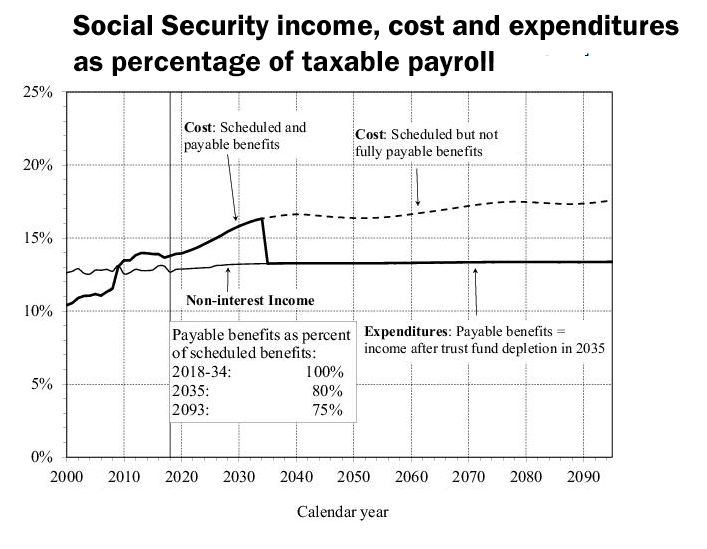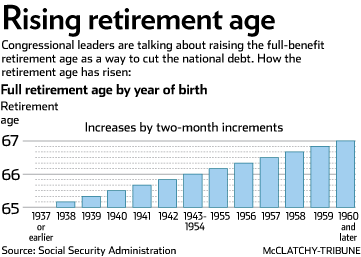
There are many ways to maximize your social insurance benefit. One of these is to work until you are 70 years old. You will receive more benefits if your earnings are higher. You can also delay collecting benefits until you reach 70 to maximize your benefit. This article will explain how to calculate your maximum benefit.
Social security benefits are maximized by working until age 70
If you are the primary breadwinner for your family, you may want to wait until your 70th birthday to begin receiving Social Security benefits. The good news about this is that your benefit will not be the same as if you had started to collect at 62. This is due to the fact that Americans are expected to live almost 19 years longer than those who started collecting at 65. This means that Social Security benefits you receive at 70 ought to be around 75% higher than those you get when you are 65.
In order to maximize your Social Security benefit, you must work longer. It is best to work for 35 years and then wait as long as possible to begin receiving benefits. You will lose about 30% of your monthly benefit if you delay your benefits. However, you'll get an additional 8% delayed credit for every year that you wait. However, the benefit you receive is limited to 70. This means that if you work, you will have to pay more taxes and Medicare premiums.

To collect maximum SSI benefit, you must wait too long
There are many rules that govern when Social Security benefits can be received. You can receive almost 8% more if you delay your benefits to your FRA (full-retirement age). Delaying your benefit for 12 months is possible to make a difference in your monthly check, even though it's not an option for everyone. Depending on your situation, however, you may not be able to wait that long. Some workers may have a physically demanding job which prevents them from waiting so long. Others might just be in desperate need of the money. Others may not be able to wait for the money for another four years.
You can maximize your Social Security benefits if you are married by coordinating your benefits. Sometimes it's best to claim on both spouses income records. Split strategies may be used in other situations, where each spouse can claim their benefit at an earlier age. In such cases, the higher earning spouse may prefer to defer receiving his or her benefits until later. For more information, visit the SSA's website and get an estimate of how much your benefits will be at various ages.
Calculating the maximum Social Security Benefit
Social Security Administration uses lifetime earnings to calculate the maximum social insurance benefit. This includes the average increase in wages over the last 35 year. This sum is then multiplied by an equation that determines the basic insurance benefit, also known simply as the primary amount.
SSA has a benefit calculator on their website that allows users to view a benefit estimate. It is important to understand how this estimate works, because it may differ from actual benefit amounts. It is also less accurate in younger workers than it is for older workers. You should understand how the maximum benefit is calculated. This is especially important if you want to retire early or later in life or if the earnings of your family have changed substantially over the past few years.

The maximum Social Security Benefit is calculated by multiplying by 90 percent the average monthly earnings for the last 35 years. Then, the earnings remaining up to $6172 are multiplied at 32% and earnings exceeding this amount at 15%. Once you have the initial payment amount, you can use the cost-of-living adjustment or delayed retirement credits to increase it.
FAQ
How To Choose An Investment Advisor
Choosing an investment advisor is similar to selecting a financial planner. There are two main factors you need to think about: experience and fees.
An advisor's level of experience refers to how long they have been in this industry.
Fees are the price of the service. It is important to compare the costs with the potential return.
It's important to find an advisor who understands your situation and offers a package that suits you.
How to manage your wealth.
You must first take control of your financial affairs. Understanding your money's worth, its cost, and where it goes is the first step to financial freedom.
You must also assess your financial situation to see if you are saving enough money for retirement, paying down debts, and creating an emergency fund.
If you fail to do so, you could spend all your savings on unexpected costs like medical bills or car repairs.
What are the Benefits of a Financial Advisor?
A financial strategy will help you plan your future. You won't have to guess what's coming next.
It gives you peace of mind knowing that you have a plan in place to deal with unforeseen circumstances.
A financial plan can help you better manage your debt. Knowing your debts is key to understanding how much you owe. Also, knowing what you can pay back will make it easier for you to manage your finances.
Your financial plan will help you protect your assets.
Statistics
- These rates generally reside somewhere around 1% of AUM annually, though rates usually drop as you invest more with the firm. (yahoo.com)
- A recent survey of financial advisors finds the median advisory fee (up to $1 million AUM) is just around 1%.1 (investopedia.com)
- As previously mentioned, according to a 2017 study, stocks were found to be a highly successful investment, with the rate of return averaging around seven percent. (fortunebuilders.com)
- As of 2020, it is estimated that the wealth management industry had an AUM of upwards of $112 trillion globally. (investopedia.com)
External Links
How To
How to Invest Your Savings to Make Money
You can get returns on your capital by investing in stock markets, mutual funds, bonds or real estate. This is what we call investing. It is important to understand that investing does not guarantee a profit but rather increases the chances of earning profits. There are many ways to invest your savings. You can invest your savings in stocks, mutual funds, gold, commodities, real estate, bonds, stock, ETFs, or other exchange traded funds. These methods are discussed below:
Stock Market
Stock market investing is one of the most popular options for saving money. It allows you to purchase shares in companies that sell products and services similar to those you might otherwise buy. You can also diversify your portfolio and protect yourself against financial loss by buying stocks. You can, for instance, sell shares in an oil company to buy shares in one that makes other products.
Mutual Fund
A mutual funds is a fund that combines money from several individuals or institutions and invests in securities. They are professional managed pools of equity or debt securities, or hybrid securities. A mutual fund's investment objectives are often determined by the board of directors.
Gold
The long-term value of gold has been demonstrated to be stable and it is often considered an economic safety net during times of uncertainty. Some countries use it as their currency. The increased demand for gold from investors who want to protect themselves from inflation has caused the prices of gold to rise significantly over recent years. The supply/demand fundamentals of gold determine whether the price will rise or fall.
Real Estate
Real estate is land and buildings. When you buy real estate, you own the property and all rights associated with ownership. For additional income, you can rent out a portion of your home. You could use your home as collateral in a loan application. You may even use the home to secure tax benefits. However, you must consider the following factors before purchasing any type of real estate: location, size, condition, age, etc.
Commodity
Commodities are raw materials like metals, grains, and agricultural goods. As commodities increase in value, commodity-related investment opportunities also become more attractive. Investors who want the opportunity to profit from this trend should learn how to analyze charts, graphs, identify trends, determine the best entry points for their portfolios, and to interpret charts and graphs.
Bonds
BONDS ARE LOANS between companies and governments. A bond is a loan agreement where the principal will be repaid by one party in return for interest payments. The interest rate drops and bond prices go up, while vice versa. An investor purchases a bond to earn income while the borrower pays back the principal.
Stocks
STOCKS INVOLVE SHARES OF OWNERSHIP IN A COMMUNITY. Shares represent a small fraction of ownership in businesses. If you own 100 shares, you become a shareholder. You can vote on all matters affecting the business. Dividends are also paid out to shareholders when the company makes profits. Dividends, which are cash distributions to shareholders, are cash dividends.
ETFs
An Exchange Traded Fund or ETF is a security, which tracks an index that includes stocks, bonds and currencies as well as commodities and other asset types. ETFs can trade on public exchanges just like stock, unlike traditional mutual funds. The iShares Core S&P 500 eTF (NYSEARCA – SPY), for example, tracks the performance Standard & Poor’s 500 Index. Your portfolio will automatically reflect the performance S&P 500 if SPY shares are purchased.
Venture Capital
Venture capital is private financing venture capitalists provide entrepreneurs to help them start new businesses. Venture capitalists offer financing for startups that have low or no revenues and are at high risk of failing. Usually, they invest in early-stage companies, such as those just starting out.